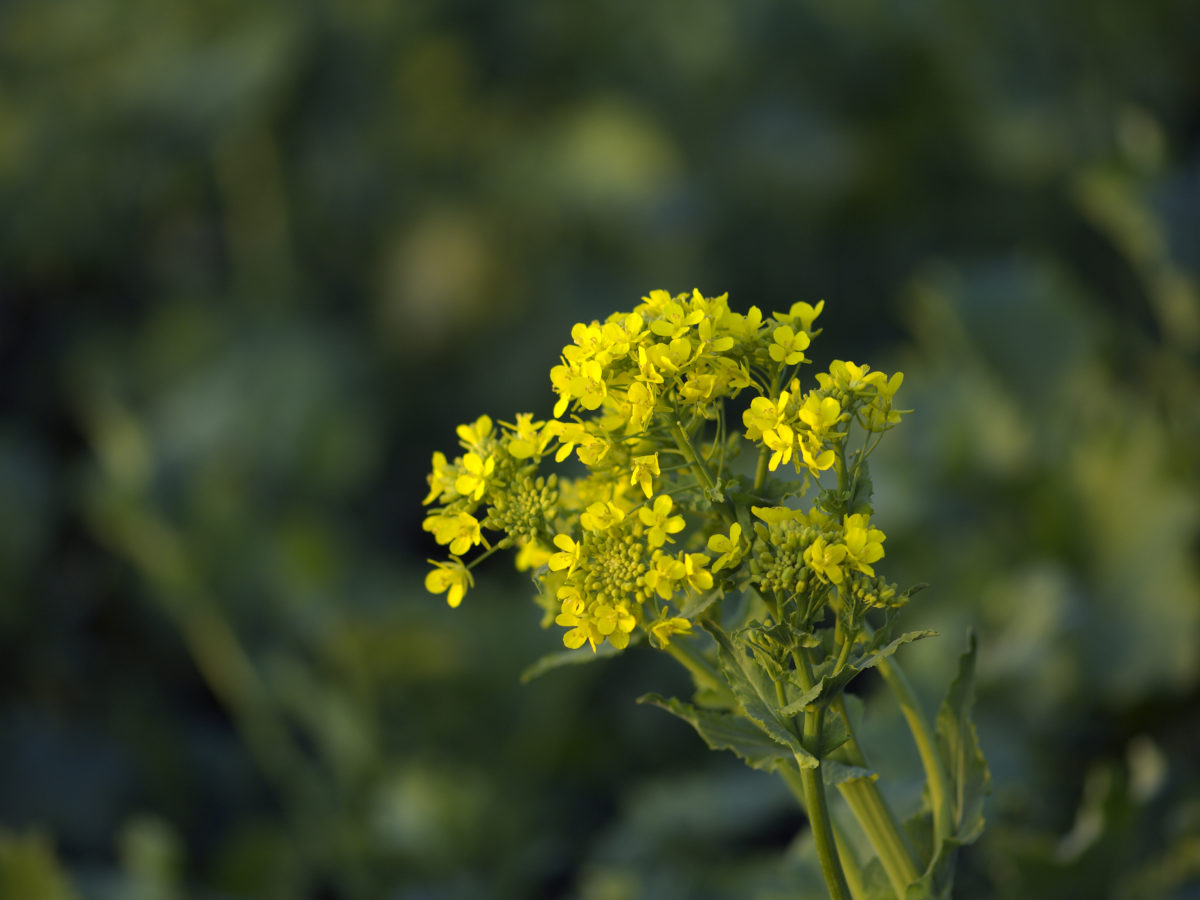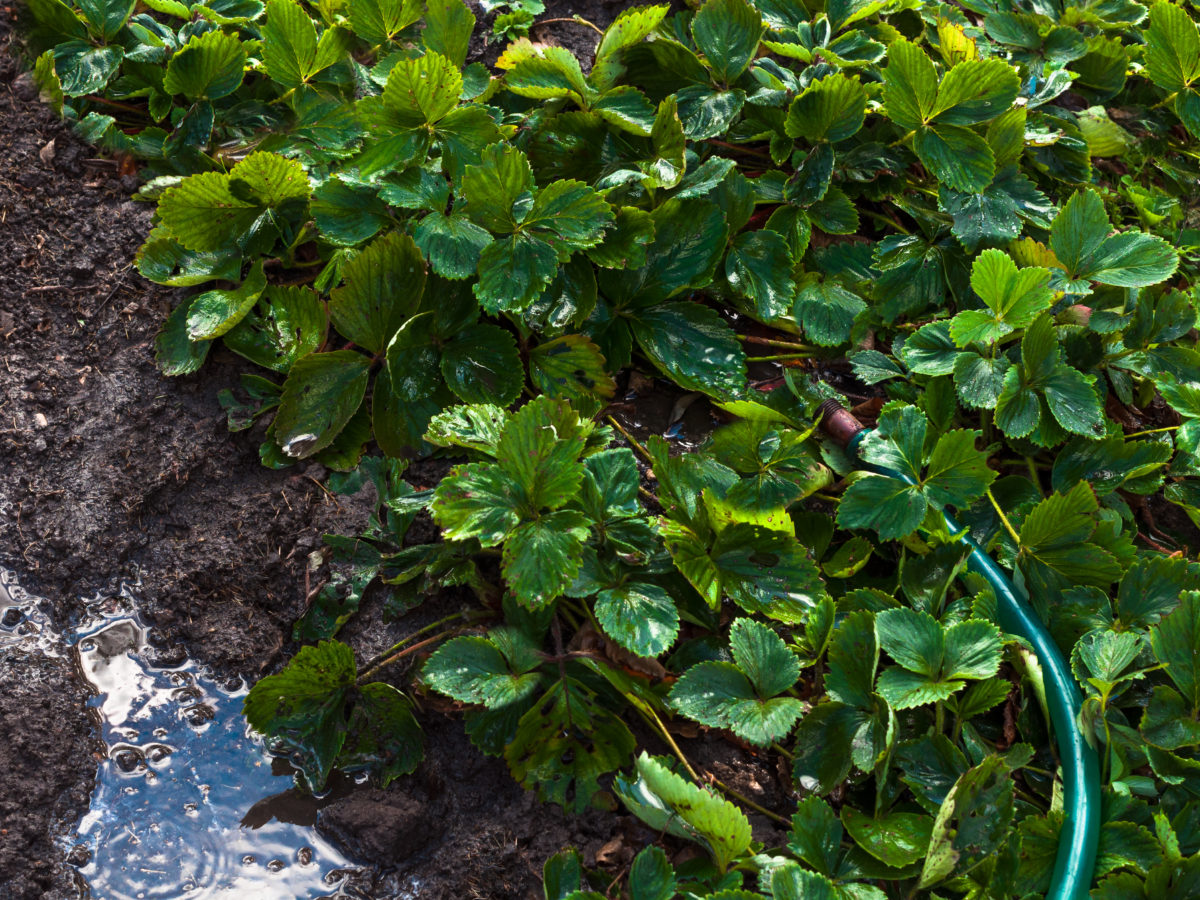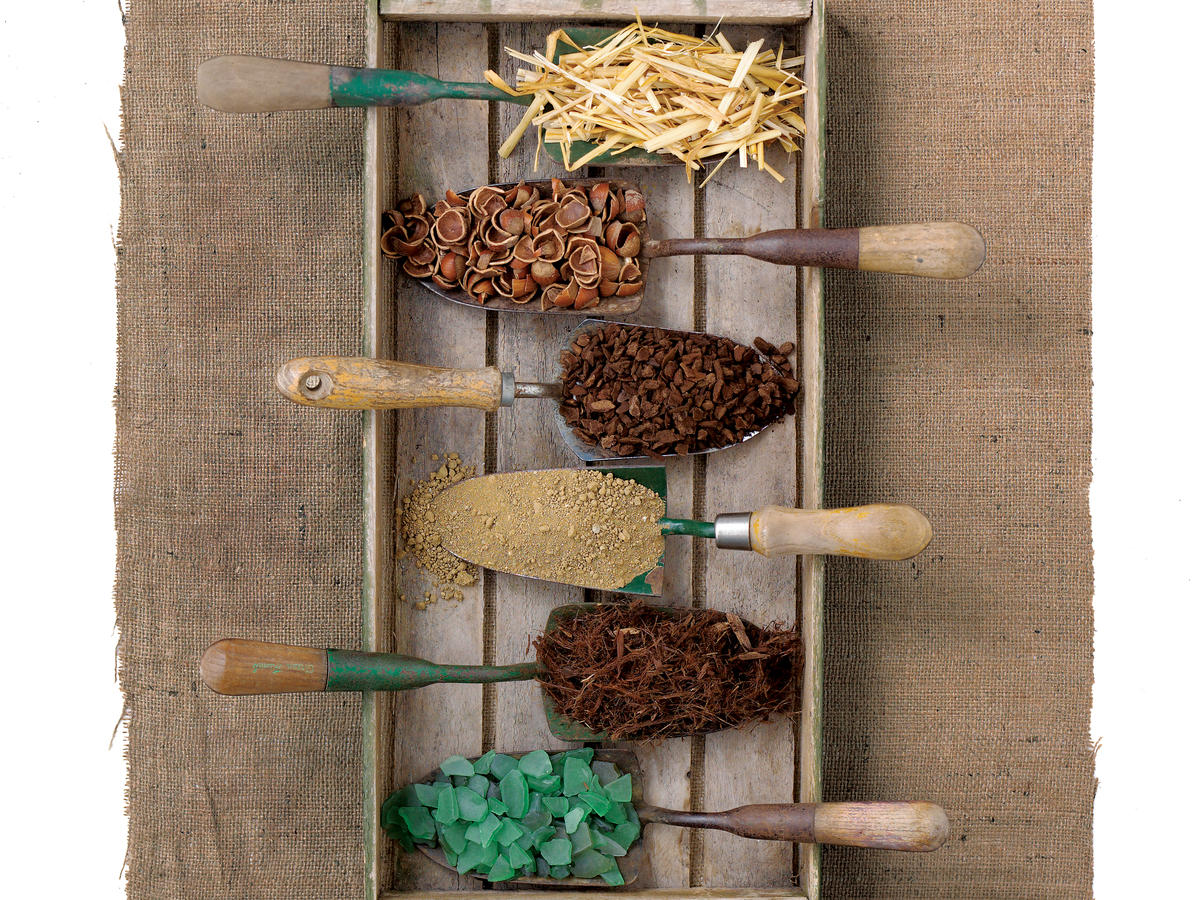
How to Be a Lazy Gardener and Still Have an Amazing-Looking Yard
Garden chores can really pile up, can’t they? These tricks will help you stay in control

Yellow Leaf Hammocks
In the most O. Henryian irony, being a garden writer for Sunset magazine means I barely have any time to work in my garden. And this time of year is really busy! The garden chores and yard work pile up so fast, and the more time spent not tackling that to-do list, the more demoralizing it can feel. But maybe a lack of time isn’t your issue—maybe you just don’t want to spend all your free time doing manual labor. Maybe you, like me, are kind of a lazy gardener. Don’t worry, I’m not here to judge; I’m here to offer you helpful, efficient gardening tips so you can work smarter, not harder.
I put together this helpful list of garden chores to help you prioritize—if you can only get to one thing, let it be one of these. If you can knock out one of these a week, you’ll feel like you actually did something, and these tasks go the farthest in keeping up the appearance that you have your act together in the yard. Here are my best lazy gardening tips for busy people.
Deadhead Those Spent Blooms

Mint Images / Getty
I know I said I was here to save you some work, but this common garden task is one of the most effective things you can do to make an immediate difference in your yard’s appearance. Not only does deadheading your flowers keep your plants looking tidy, but also it keeps them blooming for longer. If you’re growing flowers made for cutting, snip yourself a bouquet while you’re at it and get even more bang for your buck. If you miss a few spent blooms before they go to seed, no problem—just sprinkle that seed around on the ground and then pat yourself on the back for having accomplished two tasks at once. Some plants, like poppies, grass pinks, and pretty much any wildflower are great at self-seeding anyway. Let them. Or try my favorite lazy gardening tip: plant a garden of herbs that act like weeds and let them do all the work. And on that note:
Let Some of Your Plants Bolt on Purpose

Photo by tanukiphoto / Getty Images
So you never got around to harvesting your broccoli/kale/collards/whatever. Good. While other people are paying through the nose for rapini and rabe, you’ve got the stuff growing in your garden without even trying! Let it bolt its little heart out and drop seed all over the place, and in the spring you’ll have a steady little crop of the stuff, ready for salads and pesto, without even a smidgen of effort. When I first moved to my house, the yard was a monoculture of arugula, and even though I still pick (and pull) it, there’s always some that got away, ensuring I have some greens kicking around my winter garden every year, for free. Many other plants in the mustard family will happily bolt in warm weather and self-sow with abandon. I welcome it. That’s not just a lazy gardening tip—it makes good sense!
Water Less Often, but More Heavily

Photo by Jurgute / Getty Images
Since I don’t have a drip irrigation system to take care of my garden’s watering needs, keeping my plants hydrated means I have to physically drag a hose and watering can around my entire yard which, let me tell you, can be a MAJOR time-suck. However, I’ve got a shortcut: I just turn on the hose (not full blast) and walk away. Deep watering is better for plants—it encourages their roots to grow down deep instead of just whiling away in the top few inches like a bunch of fancy ladies having a spa day. It also saves water, believe it or not. My vegetable garden (which sits on a hot, south-facing side of my house next to a driveway) gets an hour-long soak once a week and although it does start looking a bit peaked by the end of the week, I’ve gotta say I’ve never lost anything in my vegetable garden to drought. You can improve the situation by mulching—even just a haphazard scattering of straw is better than nothing. Speaking of which…
Mulch, Don’t Weed

Rob D. Brodman
Weeds getting out of control? No sweat. For the ultimate time-saver in the garden, bury those little jerks under a layer of straw, wood chips, hazelnut shells, or cocoa mulch (but skip the cocoa if you have dogs). Straw mulch is especially effective on long-term annual crops like tomatoes or squash, but even shredded newspaper is better than nothing. Another lazy gardening tip: you can also try planting dense groundcovers—they’re basically living mulch.
Fertilize Just Once

In the spring, before I’ve planted anything but as soon as the soil has dried out enough to work without creating clods, I dump on blood meal and bone meal (a cup each per every 20 sq. ft.) and then cover everything in a good four or so inches of fresh compost. I might add some nematodes while I’m at it. Then I don’t bother feeding the dirt all summer long. You can figure out the right fertilizer for your needs, but for lazy gardeners, slow release is the name of the game.
Plant a Sacrificial Lamb

Photo by Incommunicado / Getty Images
There’s always at least one plant in my garden that’s getting absolutely hammered by something (usually aphids on kale), and instead of trying to fight back, I just let the bugs have it. It seems like as long as they have a party pad, they kind of just stay put and leave the rest of my garden be, as counterintuitive as that sounds. If things start getting too ratty out there, I might yank the poor bug-addled plant and feed it to my chickens (they go after it like a candied apple), but in general, planting a little trap crop works surprisingly well and requires very little extra work. If Japanese beetles are haranguing your roses, plant some geraniums (Pelargonium) off to the side and the beetles will eat them and DIE. If you’re having trouble with Western tarnished plant bug on your strawberries, plant some mustard nearby (you can use mustard seeds from the spice jar or grow a type you want to eat). “Live and let live” is another great lazy gardening tip.
